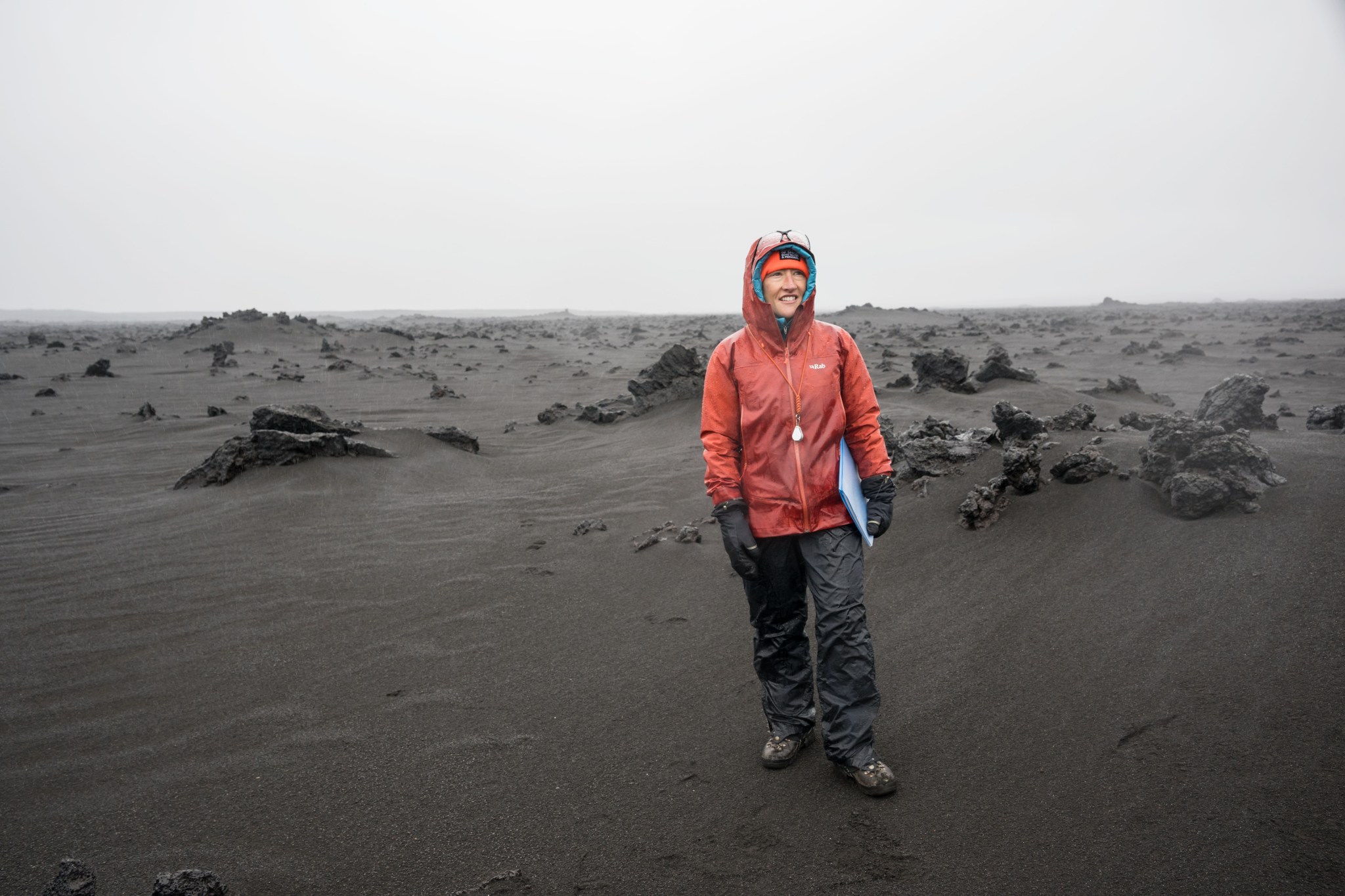NASA/Trevor Graff/Robert Markowitz
Black and gray sediment stretches as far as the eye can see. Boulders sit on top of ground devoid of vegetation. Humans appear almost miniature in scale against a swath of shadowy mountains. At first glance, it seems a perfect scene from an excursion on the Moon's surface … except the people are in hiking gear, not spacesuits.
Iceland has served as a lunar stand-in for training NASA astronauts since the days of the Apollo missions, and this summer the Artemis II crew took its place in that long history. NASA astronauts Reid Wiseman, Victor Glover, Christina Koch, and CSA (Canadian Space Agency) astronaut Jeremy Hansen, along with their backups, NASA astronaut Andre Douglas and CSA astronaut Jenni Gibbons, joined geology experts for field training on the Nordic island.

"Apollo astronauts said Iceland was one of the most lunar-like training locations that they went to in their training," said Cindy Evans, Artemis geology training lead at NASA's Johnson Space Center in Houston. "It has lunar-like planetary processes - in this case, volcanism. It has the landscape; it looks like the Moon. And it has the scale of features astronauts will both be observing and exploring on the Moon."
Iceland's geology, like the Moon's, includes rocks called basalts and breccias. Basalts are dark, fine-grained, iron-rich rocks that form when volcanic magma cools and crystalizes quickly. In Iceland, basalt lavas form from volcanoes and deep fissures. On the Moon, basalts can form from both volcanoes and lava pooling in impact basins. Breccias are angular fragments of rock that are fused together to create new rocks. In Iceland, volcanic breccias are formed from explosive volcanic eruptions and on the Moon, impact breccias are formed from meteoroids impacting the lunar surface.






